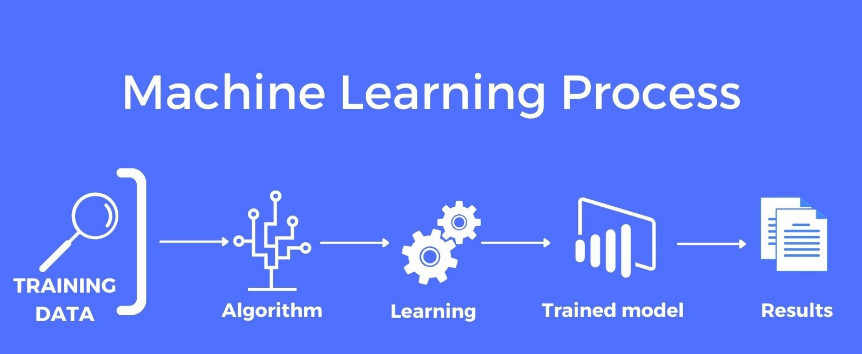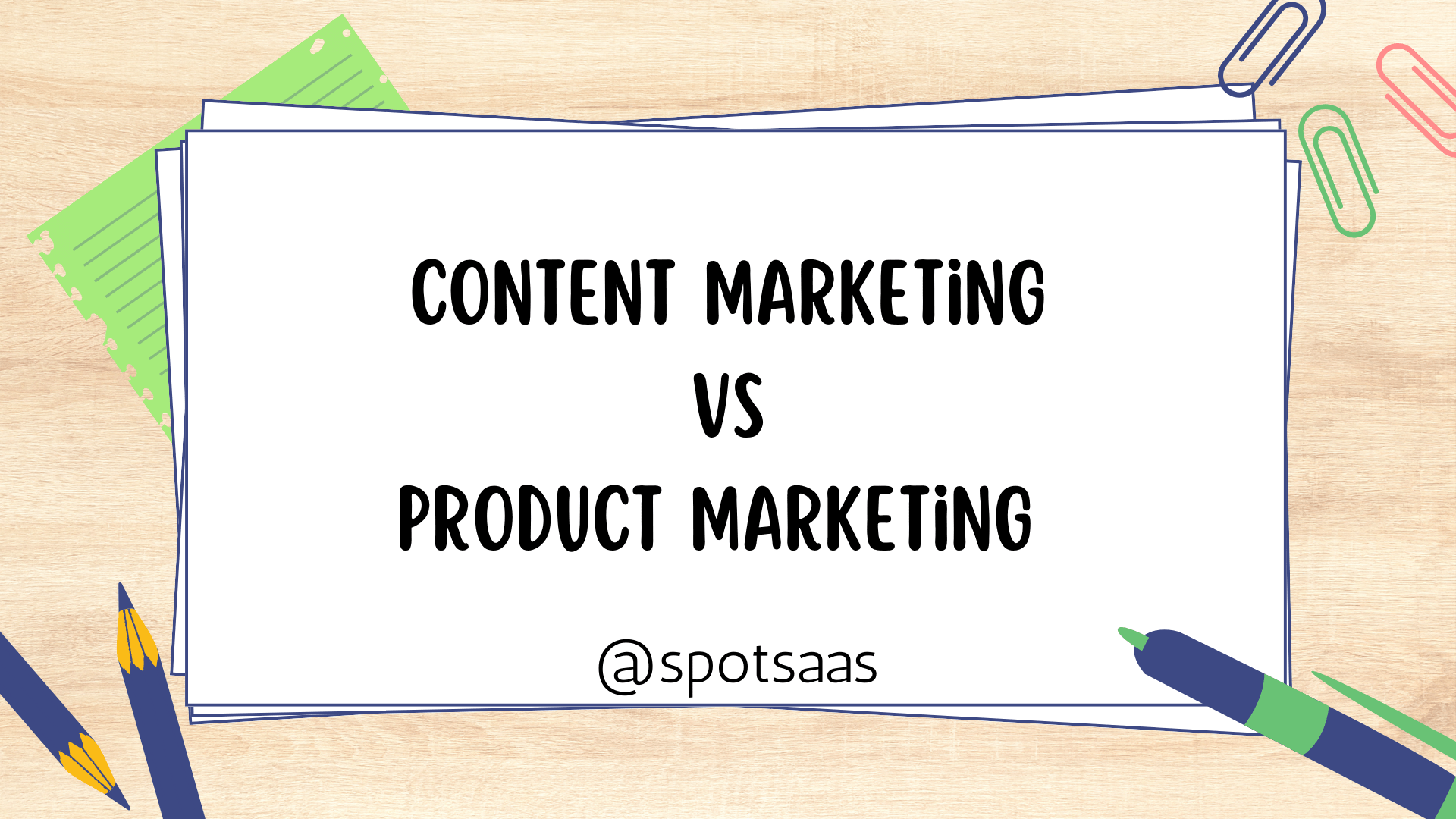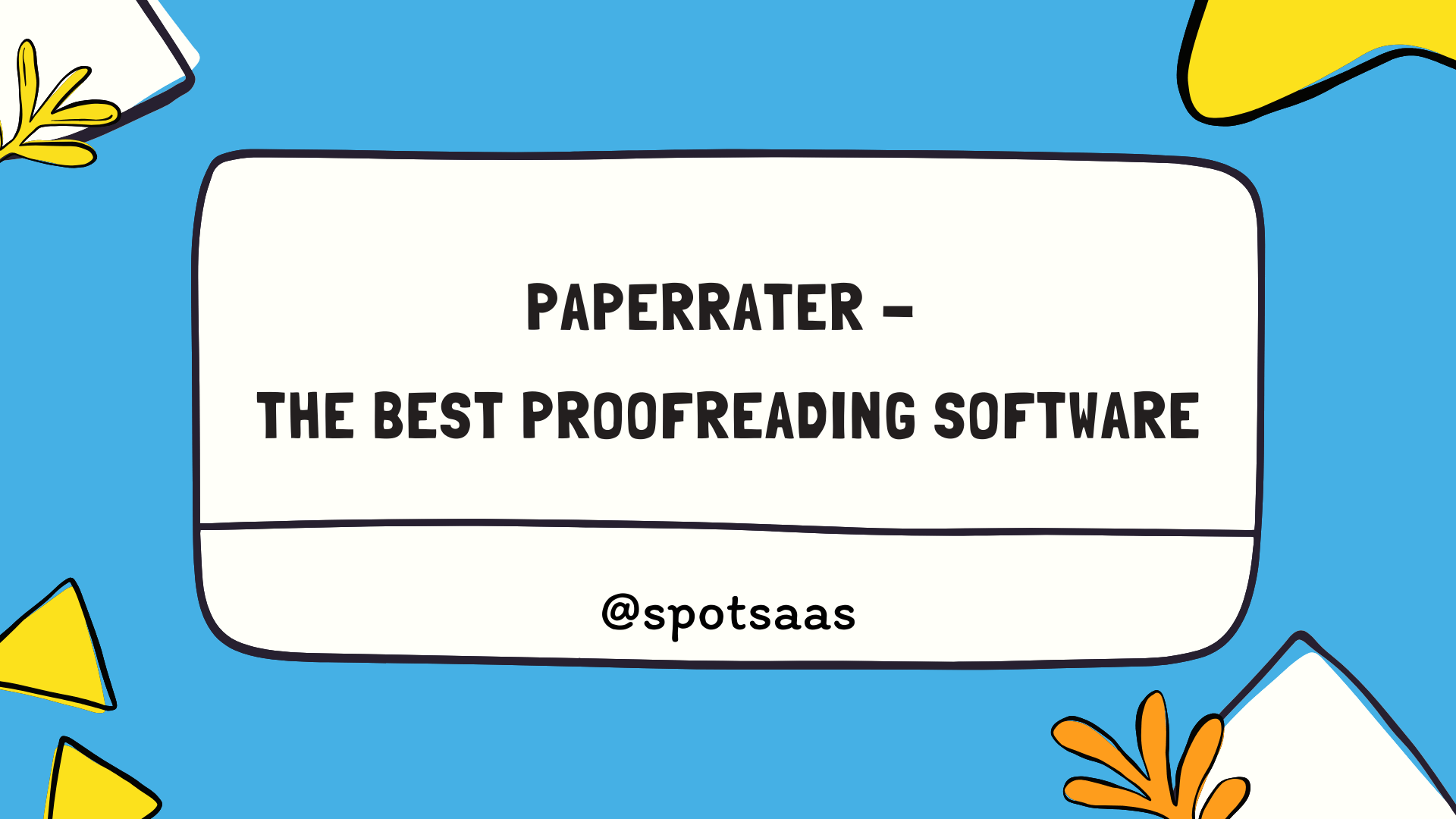Data is everywhere; images, movies, spreadsheets, audio files, and text created by humans and machines are overflowing the Internet and engulfing us in a sea of knowledge. This is where machine learning comes into the picture.
In the past, people used data analysis to help them make more informed decisions and were able to regulate system changes by modifying existing systems. How can we use all this data to derive meaning in an automatic rather than manual manner, though, when the volume of incoming information exceeds and our capacity to make sense of it declines?
And that’s precisely where machine learning comes into play. Machine learning offers us the tools and algorithms to analyse and process data to make accurate predictions.
What is machine learning?
A concept is known as “machine learning” enables computers to automatically learn from examples and experiences and simulate human decision-making without being explicitly programmed.
Artificial intelligence is a subfield that uses statistical methods and algorithms to learn from data and uncover hidden patterns.
Key elements of machine learning algorithms
Every machine-learning algorithm consists of the following key components:
Training data
Refers to the data from which the machine-learning system needs to learn, such as text, photos, videos, or time series. To demonstrate the machine learning system the “right answer,” training data is frequently labelled. Examples include the bounding box around a face in a face detector or the future stock performance in a stock predictor.

Representation
It alludes to the objects in the training data represented by encoded representations, such as a face defined by characteristics like “eyes.” The choice of the model is determined by which models can be encoded more quickly than others. Support vector machines create one type of representation, for instance, while neural networks create another. Neural networks are a staple of contemporary methods.
Evaluation
It concerns our evaluation of or preference for one model over another. It is frequently referred to as a scoring function, utility function, or loss function. Different evaluation functions include likelihood (the expected probability of a model given the observed data) and mean squared error (model output vs. data output).
Optimisation
To get better assessments, we may search the space of represented models or enhance the labels in the training set. Optimisation refers to changing the model’s parameters to reduce the loss function’s value. It enables the model to increase its accuracy more quickly.
How does machine learning work?
The learning of the ML algorithm can be divided into three main parts.
- A Decision Process
Machine learning algorithms seek to identify patterns in data and use this understanding to predict future events. How does the model produce predictions, exactly?
The good news is that this process, which involves identifying a pattern in incoming data (whether labelled or unlabelled) and using it to produce outcomes, is relatively simple.
- An Error Function
The goal of the machine learning model is to contrast its predictions with the actual results. Knowing if it is learning on the right path is the aim. This establishes the model’s accuracy and suggests ways to enhance the model’s training.
- A Model Optimisation Process
The model’s ultimate goal is to make better predictions, which necessitates minimising the difference between the actual result and the matching model estimate.
The model must better suit the training data samples by regularly changing the weights. The algorithm runs in a loop, evaluating and improving the output while updating the weights until the accuracy of the model is maximised.
You can read more about the page created by Tech Target.
Types of machine learning methods
Supervised machine learning
As the name implies, supervised learning places the computer under supervision as it learns.
To do this, a set of labelled data is fed to the computer so it can comprehend what the input looks like and what the output ought to be. In this case, the human serves as the model’s guide by giving it labelled training data (an input-output pair) from which it may identify patterns.
The machine can accurately anticipate the output values for new data if relationships between the input and output have been learned from the prior data sets.
Unsupervised machine learning
Unsupervised learning operates in a completely different manner than supervised learning.
It uses unlabeled data—machines have to understand the data, find hidden patterns and make predictions accordingly.
In this case, the machine provides us with new information after independently discovering hidden patterns in the data, without any guidance from a person.
Clustering and association rules analysis are the two primary categories of unsupervised learning issues.
Reinforcement learning
Through performing the behaviours, an agent learns how to behave in a given environment through reinforcement learning.
Based on the outcomes of those activities, it gives feedback and modifies its trajectory going forward. The agent receives positive feedback for each positive activity and negative feedback or a penalty for each negative action. Learning through reinforcement takes place in the absence of labelled data. The agent can only gain knowledge through experience because there is no tagged data.
Semi-supervised Learning
Between supervised and unsupervised learning is semi-supervised learning. It uses a smaller labelled data set to guide classification and performs unsupervised feature extraction from a larger, unlabeled data set, taking the best parts from each of the learnings.
The key benefit of semi-supervised learning is its capacity to resolve issues when there is insufficient labelled data available to train a model or when data cannot be labelled because people are unable to do so because they are unsure of what to search for in it.
Check out Machine learning software here.
Read More Blogs By SpotSaaS
Measure and optimise customer success metrics in saas startup
Web development vs web design, which one do you need for your website



